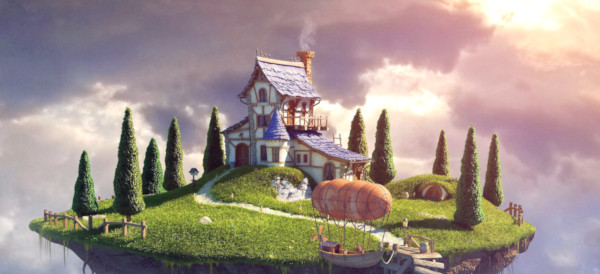“Safe spaces” are dangerous to the mental health of children and young adults. The Merriam-Webster dictionary defines a “safe space” as:
a place (as on a college campus) intended to be free of bias, conflict, criticism, or potentially threatening actions, ideas, or conversations
Merriam-Webster Dictionary
The problem is that the world is in fact a dangerous place for those who have not acquired the armor of real-life experiences. When I was growing up in the 1950s and 1960s I often heard this old saying:
Sticks and stones may break my bones, but words will never hurt me!
The Free Dictionary
That was good advice to children in those days! Today children are told that “words do hurt me.” But words in reality can only hurt you if you are not prepared to deal with them – which is precisely what safe spaces do, prevent you from learning to deal with difficult situations in life.
Instead of trying to shield children from every possible verbal threat they may encounter in life, we should instead be focusing on giving children the moral and intellectual means to deal with things they may find disagreeable.

Another saying that one might hear is:
Prepare your child for the road, not the road for your child.
Veritas
It is far better, and much more likely to be successful if you prepare your child to be able to face adversity in the real world instead of trying to shield them from that which is inevitable in life. It is a great disservice to young minds to not give them an opportunity to learn to deal with the difficulties that the real world is almost sure to place in their path in life.
Quoting from the reviews of “The Coddling of the American Mind: How Good Intentions and Bad Ideas Are Setting Up a Generation for Failure” by Greg Lukianoff and Jonathan Haidt:
A disturbing and comprehensive analysis of recent campus trends . . . Lukianoff and Haidt notice something unprecedented and frightening . . . The consequences of a generation unable or disinclined to engage with ideas that make them uncomfortable are dire for society, and open the door—accessible from both the left and the right—to various forms of authoritarianism.
And:
The authors … do a great job of showing how ‘safetyism’ is cramping young minds. Students are treated like candles, which can be extinguished by a puff of wind. The goal of a Socratic education should be to turn them into fires, which thrive on the wind. Instead, they are sheltered from anything that could cause offence …
This book is a good read that eviscerates modern obsessions with “microaggressions, identity politics, “safetyism”, call-out culture, and intersectionality.“
An example in real life that verifies that “safetyism” can do actual harm is the story of how misguided medical advice in the 1990s resulted in an explosion of peanut allergies. Quoting:
In the U.S., the rate of childhood peanut allergies more than tripled between 1997 and 2008 … Until the 1990s, doctors also recommended introducing allergy-causing foods like peanut early, in baby’s first year of life.
Why was there a spike in peanut allergies in the early 2000s?
…
But in the late 1990s and early 2000s, doctors changed their approach. They mistakenly thought that delaying the feeding of peanut for several years was the best approach to preventing peanut allergies.
…
Today, we know that this approach to delay peanut introduction actually increases food allergy risk, and that delayed introduction was a major factor that led to the sharp increase in peanut allergies.
I think there is a direct correlation between this example of food allergies, and how ultimately “safe spaces” and “safetyism” are making children and young adults less well prepared to face the real world, and ultimately less safe. To quote an old saying:
The road to hell is paved with good intentions.